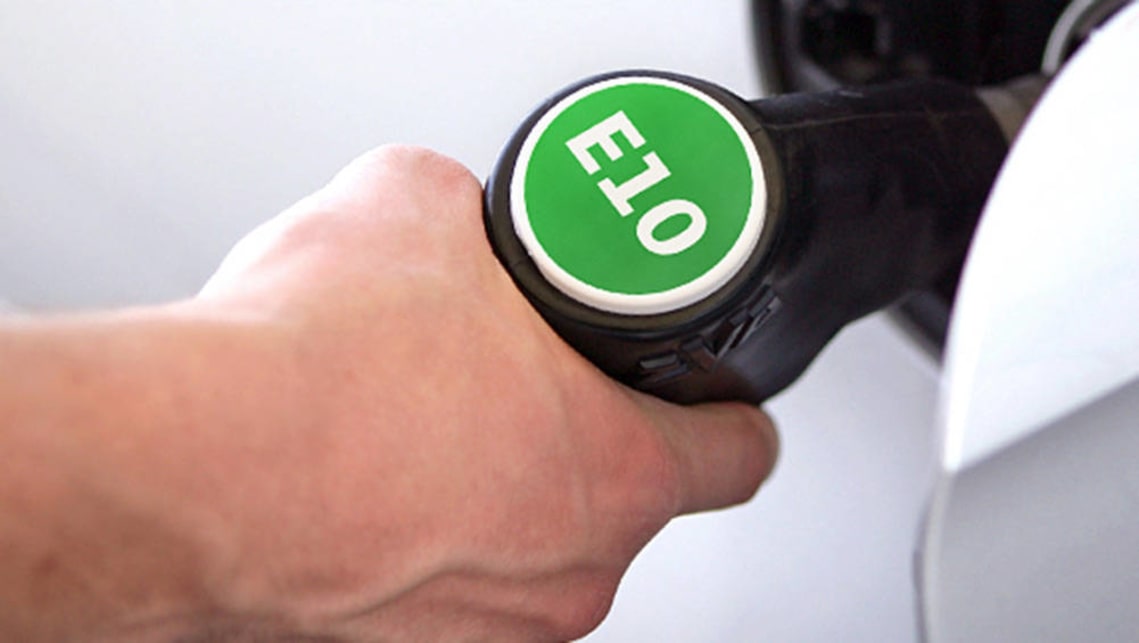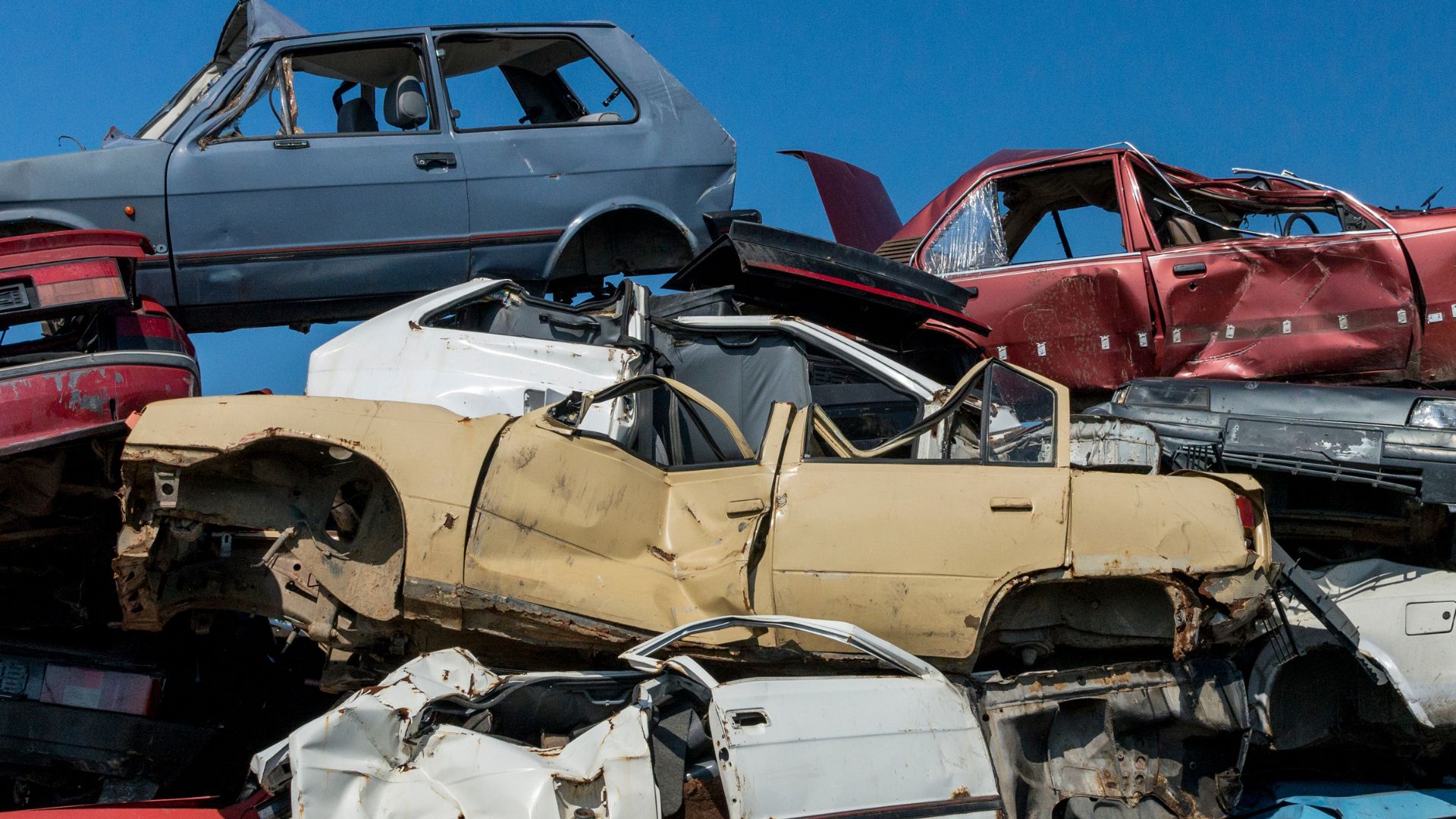When the new E10 fuel changes come into effect in 2021, classic car owners may be forced to make extensive mechanical modifications to their vehicles, in order for their cars to be able to run on the new fuel and stay on the road. Experts have warned that the type of changes required could easily cost thousands of pounds, leaving many classic car owners unable to afford the changes they would need to make to keep their cars on the road.
James Mills, the UK Editor of Hagerty, a classic car insurance service who are pushing for information campaigns regarding the new fuel to be pushed forward, allowing classic car owners time to prepare and budget for any changes they need to make, recently said:
“Hagerty represents the community of owners of classic cars, modern classic cars and motorbikes.
“[We call] on the Government and Petrol Retailers Association to accelerate information campaigns for drivers and riders.
“There may be extensive mechanical modifications required by some models, which can be a costly exercise – during an already challenging economic environment.”
As the government’s commitment to protecting the planet is rising, things such as the fuel we use today (E5 fuel) which cause a lot of damage to the environment are under scrutiny. The government has warned that the sale of E5 petrol can only be protected until 2026, at which point there will be a review to decide if the scheme needs to continue.
All modern cars will run perfectly with the E10 fuel, so petrol stations will see a huge decline in E5 fuel sales, there’s no reason why anybody other than a classic car owner would use the E5 fuel over the E10 fuel, and as a result, when the E10 fuel is introduced and the E5 fuel sales start to plummet, there are fears that a lot of petrol stations will remove E5 completely and just stock the E10 fuel, making it harder for classic car owners to obtain suitable fuel for their vehicles.
The Department of Transport have carried out a number of tests on older cars using the E10 fuel, and have concluded that there is a very high risk of degradation in fuel hoses and seals, blocked fuel filters, and damaged fuel pumps, all as a result of using the new E10 fuel. The list goes on, with blocked injectors, corroded carburettors, and corrosion in the fuel tanks all serious issues which could arise from using the new E10 fuel in your classic vehicle.
At present, the campaign to inform drivers of the new fuel is going to be done 6 months prior to the fuel being launched. This is not enough time for classic car owners to make the changes they need to their vehicles. It’s not just classic cars that are affected by this new fuel either, the RAC has advised anybody who is using a car built before 2002 should continue to use the E10 fuel while it is available, but other experts have warned the new fuel could affect vehicles built as recently as 2011.
However, on the bright side, it’s predicted that the new fuel an cut carbon emissions by up to 750,000 tonnes per year, which is equivalent to removing 350,000 cars from the road, helping the government to reach their 2050 zero carbon emissions target.







[…] is, this fuel just isn’t compliant with older vehicles, which means classic cars are likely to need expensive upgrades to be compatible. The RAC has stated that this new E10 fuel is likely to pose a risk of fires and leaks if used in […]